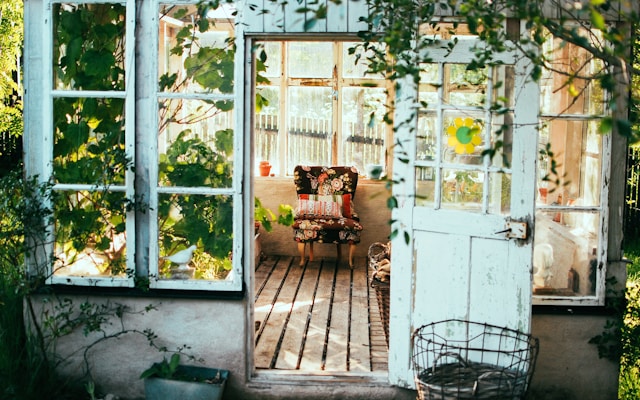Effective space planning is vital in achieving a well-designed and functional home. From optimizing room layouts to ensuring seamless traffic flow, every detail counts when creating a space that is both aesthetically pleasing and practical. In this post, we will delve into the common space planning mistakes to avoid, offering insights and tips to help you create the perfectly designed home you’ve always dreamed of.

Overlooking Functionality
Ignoring Daily Habits
When planning your space, consider the everyday activities that take place in each room. For instance, if your family often gathers in the kitchen, ensure there’s adequate room for everyone to move comfortably without obstruction. Similarly, if you work from home, your office should accommodate your work habits and necessary equipment. Overlooking these daily habits can lead to a design that looks good on paper but fails in practice. Think about how you use each room and design with those functions in mind. This approach will not only enhance the efficiency of your space but also contribute to your overall comfort and satisfaction with your home.

Misjudging Scale and Proportions
A common misstep in space planning is failing to consider the scale and proportion of furniture and decor relative to the room size. Oversized sofas or tables can overwhelm a small room, while tiny fixtures in a large space can appear lost. To avoid this, measure your room dimensions and think about the scale of the items you’re placing within it. Ensure there’s enough space for movement and that each piece of furniture is proportional to the other items and the room as a whole. Visual balance is key; a room should feel neither too cramped nor too sparse. This attention to scale and proportion will make your space more comfortable and visually appealing.

Neglecting Circulation Paths
Blocking Natural Flow
When arranging furniture and designing room layouts, it’s crucial to maintain clear paths for movement. Furniture should not block doorways, hallways, or the natural flow from one room to another. Keep in mind that circulation paths are not just about mobility; they contribute to the feel of openness and space. Even in smaller homes, it’s possible to create a sense of flow by carefully considering the placement of furniture and leaving adequate space for traffic. A blocked flow can make a room feel cramped and can disrupt the functionality of your home. As a rule of thumb, ensure there are at least 30 to 36 inches of clear passageway in high-traffic areas to foster a comfortable and inviting atmosphere.
Forgetting Door and Window Clearance
An often overlooked aspect of space planning is the area required for doors and windows to open and close freely. Furniture should be positioned so that it doesn’t interfere with this clearance. This not only ensures practicality and ease of movement but also helps in maintaining the integrity of your home’s architectural features. Take into account the direction in which doors swing and ensure windows can be easily accessed for both operation and cleaning. This consideration is vital for emergency egress as well. Additionally, proper clearance can prevent damage to furniture and walls, and it allows natural light to flow uninterrupted, enhancing the ambiance of the room. Always keep functionality in mind to create a harmonious and accessible space.

Underestimating Storage Needs
Cluttered Spaces
The pitfall of neglecting adequate storage in your home’s design can lead to cluttered, disorganized spaces. It’s essential to anticipate the storage needs of each room and incorporate solutions that are both functional and stylish. Think beyond traditional closets and cabinets; consider built-ins, multi-functional furniture, and creative nooks that can serve as organizational hot spots. This proactive approach to storage helps maintain a tidy and serene environment, conducive to relaxation and productivity. A well-planned space accounts for the belongings you have now, as well as those you’ll accumulate in the future. By doing so, you’ll avoid the stress of clutter and create a more efficient living space.

Compromising Aesthetics for Storage
While storage is critical, it’s equally important not to compromise the aesthetics of your space in the quest to hide away clutter. Striking a balance is key. Opt for storage solutions that blend seamlessly with the room’s design. Use materials and finishes that complement the rest of your interior, keeping the look cohesive. Consider hidden storage options like ottomans with built-in compartments, beds with drawers, or even custom cabinetry that looks like part of the wall. This way, your storage is not just functional; it’s an integral part of your home’s design. By marrying practicality with style, you ensure that your living space remains both organized and visually appealing.
